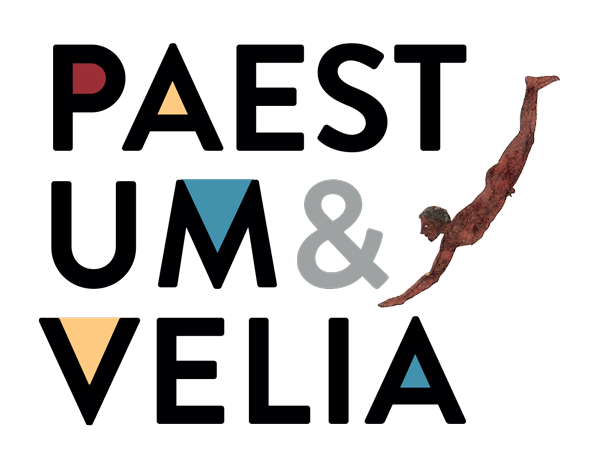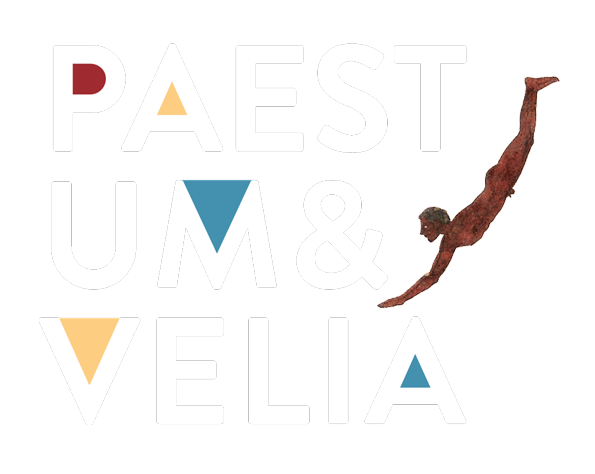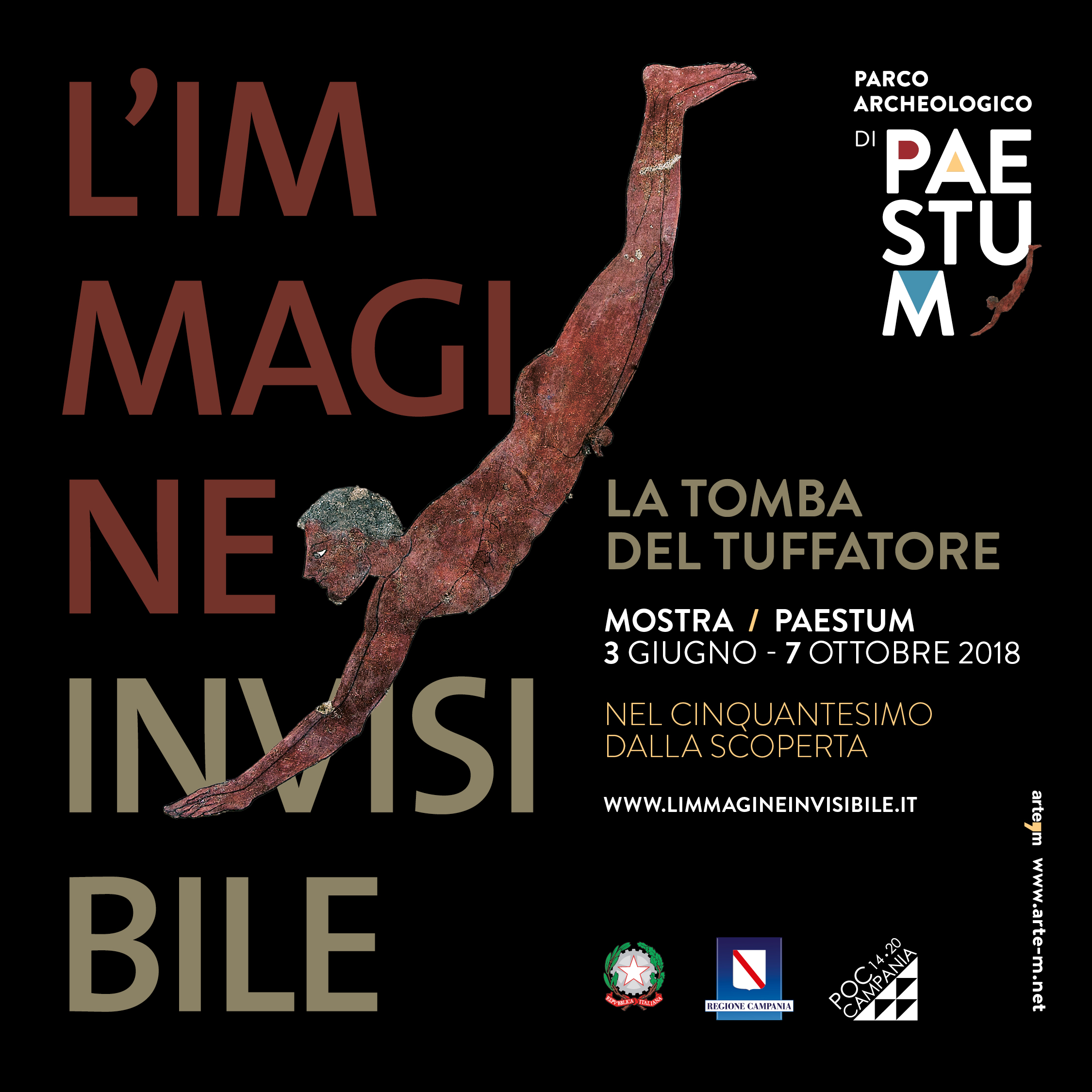DISCOVERING PAESTUM IN THE DIGITAL ERA


ear Readers,[br]
we regret to inform archaeologists and historians that we hardly have anything written on the history of Ancient Paestum. There are very few ancient literature sources dealing with Poseidonia-Paestum, and the majority of those are from later periods compared to the events they describe. We have very few inscriptions, except some exceptional cases such as the silver disc with dedication to Hera, originating from the shrine in the southern town, which you can admire in the Museum of Paestum.[br]
It is no accident that the attribution of two of the three great Doric temples of Paestum is still under debate: while the northernmost one, once attributed to “Ceres”, is by now with enough certainty attributed to Athena, we do not know to which divinity the so-called Temple of Neptune and the so-called basilica were dedicated. The reason indeed being that it is often written records – historical events or inscriptions – which help to clarify these issues, i.e. the kind of sources which are scarce in Paestum.[br]
Therefore, should we consider the history of ancient Paestum a desperate situation, a woeful case? Maybe not. Actually, maybe we can see this lack of written records as a chance, as it pushes us to explore, with all means available, the history of material culture and the non-written records. In other words, that plethora of data which is the only account that the majority of ancient peoples left. Indeed, because the men (and they were mostly men) who wrote history, represent but a minimal part of the past. From this point of view, the lack of written records is not such a drama. We might have missed the date of some battle and the name of a tyrant or politician, but we have a whole world to explore and comprehend: crafts, daily life, rural settlements, and necropolises. It is true that we do not know to which divinity the temple of Neptune was dedicated but we have, in the extremely poor necropolis at Ponte di Ferro, near Paestum, a unique record of the life of the subordinates, maybe slaves, early in the V Century B.C.: they are women and men, often showing malnutrition. They too are part of the world where the Temple of Neptune lies and of the history of Paestum, as much as the inland communities. Of one of those, we are exhibiting this month a vase deposited in a grave in Tempa Rossa di Roccadaspide, unique rather than rare. Also because the group of graves to which it belonged is the only remaining record of a small village which must have been there in the IV Century B.C., but it is not mentioned in any text. We do not even know the ancient name of that place, but this is not so bad, considering that the stories told by the land are extraordinarily rich. You just need to set battles and generals aside for a moment: these are only scattered islands of the past; the present is floating on a sea of non-written stories.[br][br]
![]() [br]
[br]
Director of Paestum Archaeological Park






